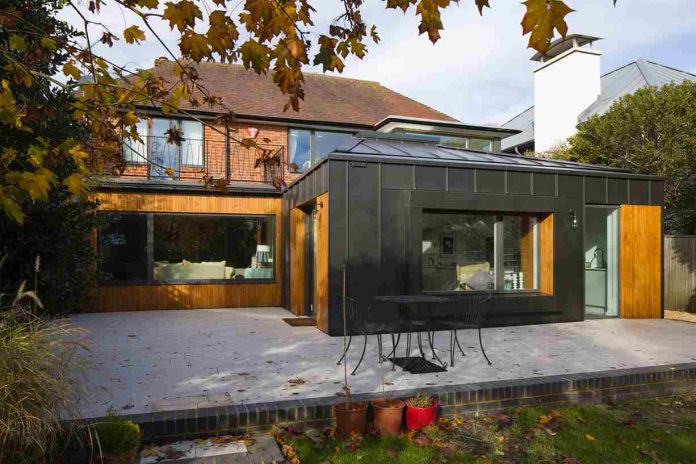Single-storey extensions are a popular way for families with young children to add extra living space to their homes.
These types of extensions are built at ground level and blend seamlessly with the existing house, making them a practical and affordable solution for increasing the size of your home.
Below, we’ll take a look at the benefits of single-storey extensions for families with young children, including safety, space, flexibility, cost-effectiveness, and aesthetics.
Whether you’re looking for a new living room, bedroom, or playroom, Architects Surrey can help with a single-storey extension that can provide the perfect solution for your growing family. Here are some of the benefits of single-storey extensions for families with young children.
Table of Contents
Types of home extensions
Home extensions come in various types, each with its own set of benefits.
Single-storey extensions, as the name suggests, is an extension that adds one level to the existing house.
Multi-storey extensions are an extension that adds more than one level to the existing house, and side return extensions are a type of single-storey extension that is built along the side of the house in space that is not used.
Rear extensions are also a type of single-storey extension that is built at the back of the house and can be a great option if you have garden space.
Conservatories are another type of extension that often consists of a combination of brick and glass and are usually built to provide additional living space or a place to relax.
Another popular type of extension is the wrap-around extension, which often involves extending the house on one or more sides, creating an L-shape or even a U-shape around the existing house.
Each type of extension has its benefits, and it’s important to consider your specific needs and preferences when deciding which type of extension to build.
Safety
One of the main benefits of single-storey extensions is that they are safer for young children. With no stairs to climb, young children can move around the house more freely and safely, reducing the risk of accidents.
Additionally, single-storey extensions can be designed with large windows and doors, which can provide natural light and fresh air, creating a safer and healthier environment for children to play and grow.
Space
Another benefit of single-storey extensions is that they provide extra space for families with young children. With a growing family, it’s not uncommon to feel cramped in your current home.
Single-storey extensions can provide a new living room, bedroom, or playroom, giving children more space to play and grow without interrupting the flow of the rest of the home.
Flexibility
Single-storey extensions can also be designed to be flexible and adaptable to the changing needs of a growing family. For example, an extension that is initially built as a playroom can be converted into a bedroom or study as the children grow older.
Additionally, single-storey extensions can be designed with sliding or folding doors, which can be opened up to create a seamless transition between indoor and outdoor living spaces.
Cost-effective
Single-storey extensions are typically more cost-effective than multi-storey extensions. With no need for additional structural support, the cost of building a single-storey extension is usually less than building an additional storey.
Additionally, single-storey extensions do not require planning permission in most cases, which can save time and money.
Aesthetics
Single-storey extensions can also be designed to complement the existing aesthetic of your home, making them a great option for families who want to maintain the character of their home while adding extra living space.
With a wide variety of materials and finishes available, single-storey extensions can be tailored to match the existing architectural style of your home, creating a seamless and cohesive look.














